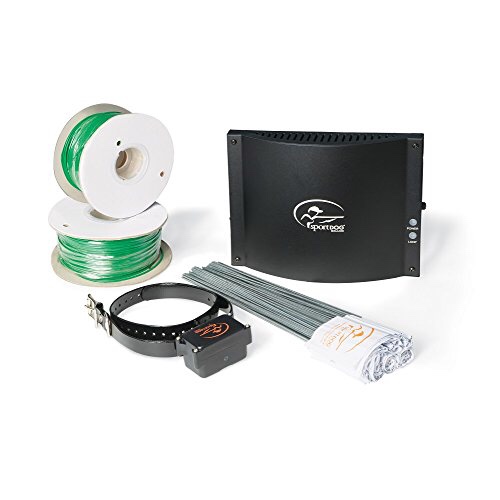Dogs are adorable pets to humans earning them the tag man’s friend thus should be adequately prepared and taken care of. Sometimes we establish very close intimacy with our pets and losing them can be traumatizing. You don’t wish to have your pet wander away, vanish in the neighborhood or get knocked down by a vehicle so it is advisable to restrain them that they may be safe. The confinement should be efficient in securing the dog as well as cost effective thus best invisible dog fences are an appropriate choice. How do you train your dog to use the wireless or underground fences?

Basic skills are vital
Is your dog teachable? Dogs gave high cognitive functions and this learning new tricks with appropriate guidance is never a problem; however, it’s essential that you start from somewhere so that the experience doesn’t get frustrating. Responsive dogs will easily get trained on advanced levels. Having your dog respond to simple commands like “go!” or “attack” is quite impressive when you wish to start teaching them on invisible fences. The same also applies to the owner of the pet, acquainting yourself with knowledge on best invisible fences; how they work and the installation procedures will enhance your probabilities of achieving your objectives of containing your dog.
Demarcate the boundaries clearly
Starting from the basics then getting complex gradually is an effective way of learning proven in humans and the same applies to other mammals. Having a visible fence showing the boundary will teach your dog of where the limits are, and this can be established using flags or cones, and this should be all-round your intended area of containment. After that, you can leash your dog and walk around the perimeter for some days while gradually removing the boundaries; this should be done for at least one week. You should exercise much patience during this time lest you cause more damages.
Training in bursts is an effective method
The concentration span of your dog may not be that enormous to learn the limits on a single trip. It is recommended that you make short daily trips lasting not more than 15 minutes three times a day. Long hours of training may be deceptive. Once you notice elements of stress, fatigue or distress in your dog, it is prudent that your roll-back the process and free the dog. Making the training exciting by introducing plays will enhance concentration and help you achieve longer training time if you desire that.
Do a recap
Learning by direction and association is an integral evaluation tool. After a few days of leading the training, you should let your dog guide you through the perimeter of confinement. Corrective measures are appropriate in case of misunderstandings.
Positive reinforcement techniques
Appreciating your dog when they achieve goals will hasten your training process since they will always want to get reward thus prompting definite tendencies. Remember the classic Pavlo experiment? Occasionally letting your dog loose and observing their actions whether or not they are responding to instructions and tying rewards to goals will see you achieve much in your endeavors or containing your dog.
